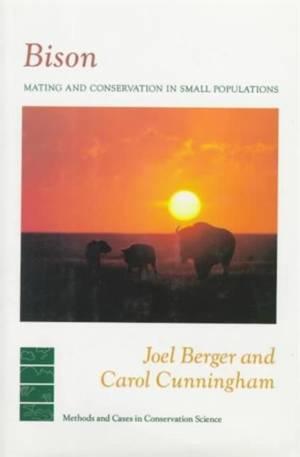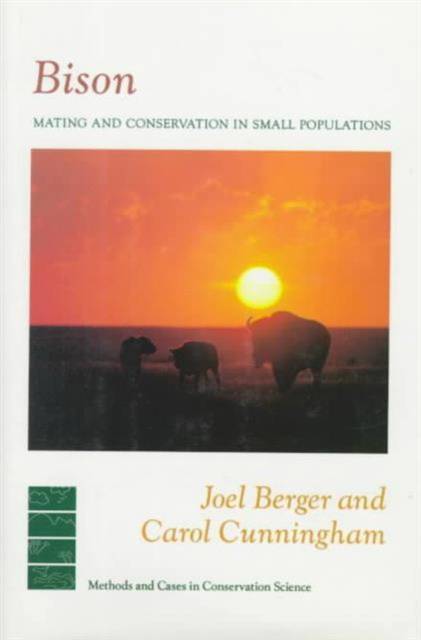
- Retrait gratuit dans votre magasin Club
- 7.000.000 titres dans notre catalogue
- Payer en toute sécurité
- Toujours un magasin près de chez vous
- Retrait gratuit dans votre magasin Club
- 7.000.0000 titres dans notre catalogue
- Payer en toute sécurité
- Toujours un magasin près de chez vous
Description
This examination of a depopulated species, the North American bison, provides insights into the past and present behaviour and ecology of what was once the continent's largest terrestrial mammal. The authors' research, conducted over a five-year period, attempts to resolve such questions as: what happens when only a small proportion of the male of a species mate?; why do animals in particular areas experience morphological malformations?; and how much genetic diversity has been lost since the 19th century? The study also discusses the consequences of mating failures, lineage differences in growth and birth synchrony. It explores behavioural ecology, mate choice, the conservation of ecosystems and the management of endangered species.
Spécifications
Parties prenantes
- Auteur(s) :
- Editeur:
Contenu
- Nombre de pages :
- 330
- Langue:
- Anglais
- Collection :
Caractéristiques
- EAN:
- 9780231084567
- Date de parution :
- 11-08-94
- Format:
- Livre relié
- Format numérique:
- Genaaid
- Dimensions :
- 152 mm x 229 mm
- Poids :
- 689 g

Les avis
Nous publions uniquement les avis qui respectent les conditions requises. Consultez nos conditions pour les avis.






